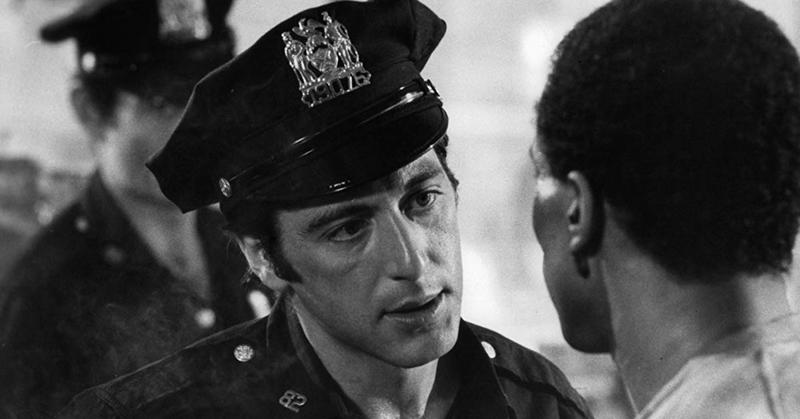Frank Serpico, The Original Whistleblower, Was NYPD's Good Cop
By | December 4, 2019

Frank Serpico is a former New York City cop whose anti-corruption stance made him unpopular in the NYPD. Ultimately, though, his whistleblowing efforts to call out the wrongdoing of the force and restore its reputation made him a symbol of honor, and his story was the subject of an acclaimed 1973 film starring Al Pacino.
The son of an Italian immigrant, Serpico joined the New York City Police Department in 1959. He tried to report the rampant corruption in the department to high ranking officials who looked the other way. When Serpico’s attempts failed to get results, he went to The New York Times in 1970. In a series of articles written by David Burnham, The New York Times reported that officers were making millions of dollars each year from drug dealers, mobsters, and small businesses. His actions forced Mayor John Lindsay to form the Knapp Commission which helped to bring reforms to the department.
Serpico Did Not Act Alone

David Durk, another officer, had graduated from Amherst and had connections in the city. He brought Serpico to Jay Kriegel, who was an aide to Mayor Lindsay. Lindsay did not take action and Durk then took Serpico to The New York Times. Although Lindsay tried to discredit Serpico, the Times confirmed what Serpico had reported.
The Investigation Begins

Michael Armstrong was hired as the chief counsel for the commission which was formed in 1970 but did not begin the investigation until August, 1971. Serpico was joined by dozens to testify. When Serpico testified In October, 1971, he stated that "The problem is that the atmosphere does not yet exist in which honest police officers can act without fear of ridicule or reprisal from fellow officers."
Serpico Was Shot Before His Testimony

Prior to his testimony, on February 3, 1971, he was shot in the face, severing his auditory nerve. Initially, there were fears that the shooter was a member of his own department, but the shooter was later identified as a heroin dealer shooting during a narcotics raid in Brooklyn. Despite the fact that the dealer was identified as the shooter, Serpico remained bitter because when he was participating in the raid, his partners did not back him. Questions were also raised as to whether the officers who accompanied him on the raid had brought him there to be murdered, but an investigation was never initiated. He still has fragments of the bullet in his head, and one piece of it later came out through his ear.
After The Commission

After he testified, he received the medal of honor, but it was just handed to him without ceremony. He left the force in 1972 and then began travelling outside of the country, heading to Holland where he lived for a decade. In 1973, He returned for the filming of the movie based on his life directed by Sidney Lumet and starring Al Pacino as Serpico. Frank Serpico visited the set during the filming but did not stay; he left when they were working on a scene that did not happen in his life.
He Still Fights For Justice

In the 1980s, he returned to the United States, moving to upstate New York. Around the country, police departments welcome him and recognize him for what he did. He continues to speak out against police corruption, and he continues to support those who stand up for justice despite risk to themselves, calling them lamplighters rather than whistleblowers. Recently, he stood with 75 other police officers at a rally in Brooklyn to protest the NFL’s unwillingness to sign Colin Kaepernick, who refused to stand during the national anthem as a protest of police brutality against people of color.
His Actions Are Revered In Other Countries As Well

Al Pacino’s face as a representation of Serpico, incidentally, has been featured on bumper stickers and mud flaps on trucks in Thailand as the truckers saw it as a talisman to protect them from being stopped by dishonest cops there
